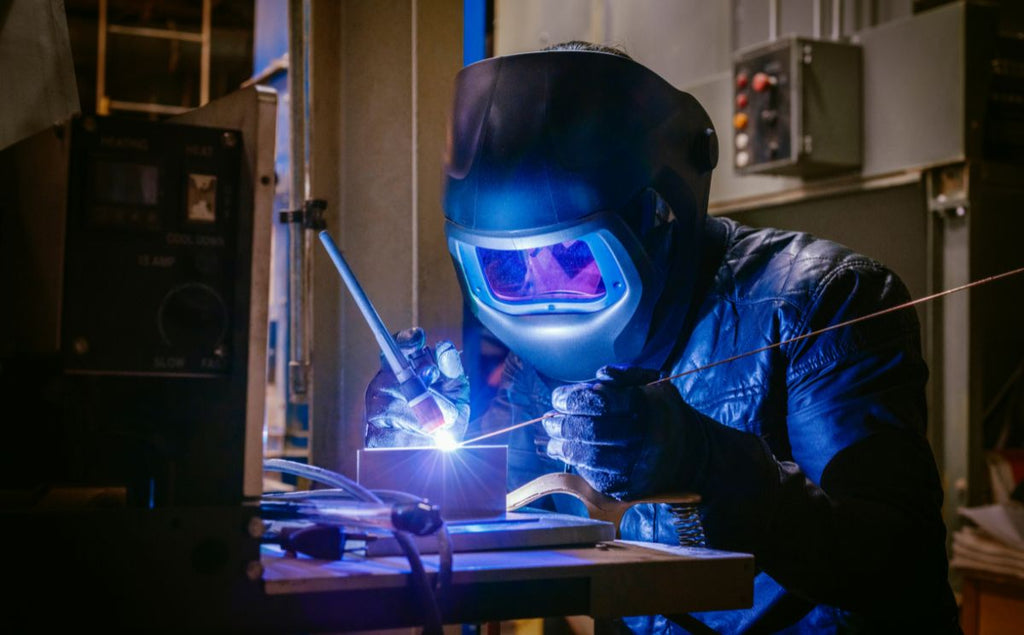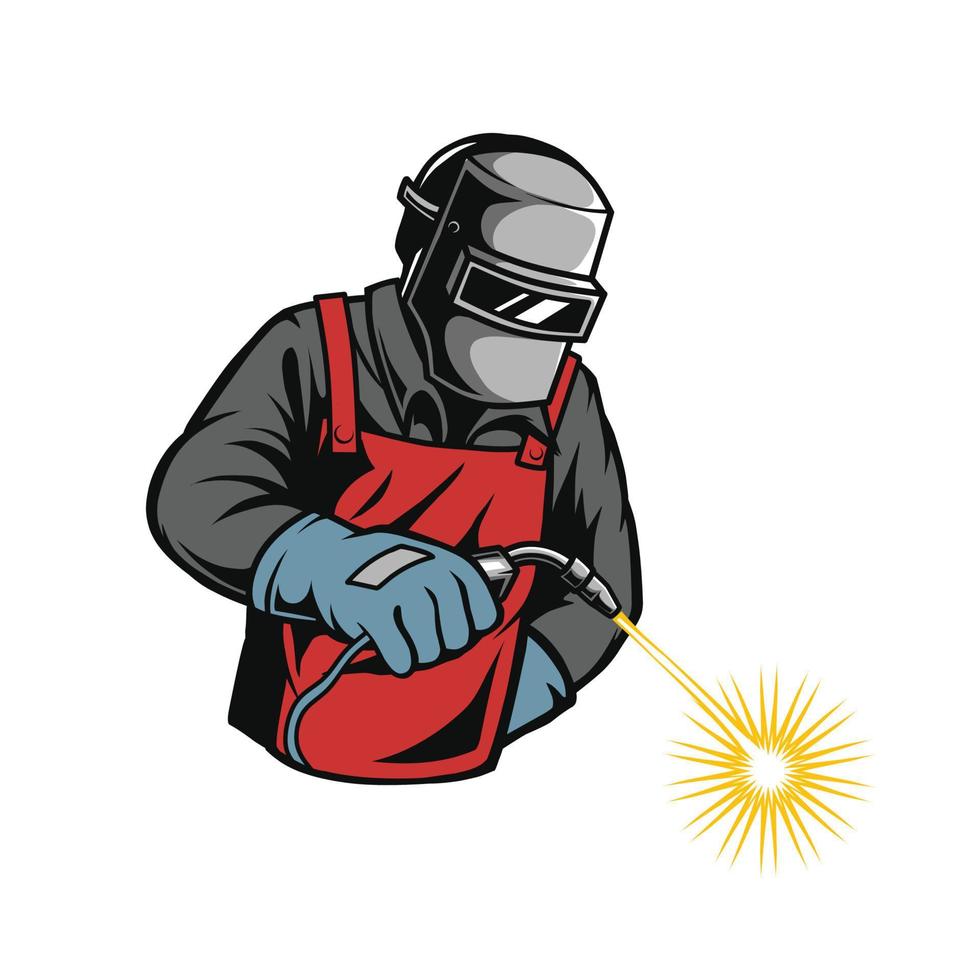Exactly how to Create an Effective Welding WPS: Tips and Best Practices
Exactly how to Create an Effective Welding WPS: Tips and Best Practices
Blog Article
The Ultimate Guide to Welding WPS Procedures: A Comprehensive Summary for Welders
In the complex world of welding, Welding Treatment Specifications (WPS) offer as the backbone of guaranteeing top quality, consistency, and security in welding operations. Comprehending the nuances of creating, applying, and keeping track of WPS procedures is vital for welders wanting to boost their craft and fulfill market criteria. As we explore the different components of a WPS and check out the ins and outs of credentials and certification, we will certainly reveal the essential role these procedures play in the realm of welding. Let's get started on a trip to untangle the intricacies and importance of WPS procedures in welding practices.
Relevance of WPS Procedures
Recognizing the value of Welding Procedure Specs (WPS) procedures is critical for making sure the high quality and honesty of bonded frameworks. WPS treatments act as a roadmap for welders, describing the essential steps, criteria, and materials needed to achieve a sound weld. By adhering to WPS standards, welders can guarantee consistency in their job, leading to structurally sound and trusted welds.
One of the main reasons why WPS treatments are vital is their duty in preserving weld high quality and honesty. Following the defined welding specifications and techniques detailed in the WPS aids stop issues such as porosity, breaking, or incomplete blend, which can jeopardize the toughness and sturdiness of the weld.

Parts of a WPS
A Welding Treatment Specification (WPS) commonly consists of crucial components that detail the details demands for executing a weld, guaranteeing consistency and high quality in the welding process. The essential parts of a WPS consist of crucial variables such as base metals, filler metals, preheat and interpass temperatures, welding processes, securing gases, welding settings, and post-weld warm therapy needs.
Base steels describe the materials being signed up with, while filler metals are used to load the void in between the base metals throughout welding. Preheat and interpass temperature levels are crucial for regulating the heat input and preventing problems like cracking or distortion. The welding procedure details the particular technique to be utilized, whether it's gas metal arc welding (GMAW), secured metal arc welding (SMAW), or another method. Securing gases secure the weld swimming pool from climatic contamination. Welding settings define the positionings in which welding can be done. Post-weld warm therapy might be essential to alleviate stress and anxieties and boost the weld's homes. A complete understanding of these parts is critical for developing a reliable and detailed WPS.

Certification and Certification
Having actually established the important elements of a Welding Treatment Specification (WPS), the emphasis currently moves towards the vital facets of qualification and certification in welding practices.

Accreditation, on the various other hand, is the formal recognition of a welder's certifications by a relevant qualification body or organization. Welding qualifications are normally based upon the particular welding processes, materials, website here and settings a welder is qualified to collaborate with. Holding a valid welding qualification demonstrates that a welder meets market standards and is proficient to do welding jobs to the called for specs.
Developing a WPS
To develop a Welding Procedure Spec (WPS) that meets market standards, careful factor to consider of welding processes, products, and functional criteria is important. The initial action in producing a WPS is to determine the welding procedure to be made use of, such as gas metal arc welding (GMAW) or shielded metal arc welding (SMAW)

Carrying Out and Keeping An Eye On WPS
Upon completing the thorough Welding Treatment Requirements (WPS) that carefully information welding processes, products, operational criteria, and quality guarantee measures, the focus changes to efficiently applying and monitoring the well established procedures. Execution involves making sure that all welders entailed in the job are familiar with the WPS and follow it meticulously during the welding procedure. This needs offering appropriate training and supervision to ensure adherence to the defined procedures. Keeping track of the WPS involves continuous oversight to validate that welding activities straighten with the documented specs. Inspections, screening, and top quality control actions are essential elements of the monitoring procedure to identify any problems or variances without delay. Regular audits and testimonials of the welding treatments help in maintaining consistency and top quality throughout the project. Efficient implementation and monitoring of the WPS are essential for guaranteeing the honesty, toughness, and security of the bonded joints, ultimately adding to the general success of the welding project.
Conclusion
Finally, understanding and complying with Welding Treatment Specs (WPS) is crucial for welders to make certain quality, consistency, and safety in their work. By recognizing the elements of a WPS, getting proper credentials and accreditations, producing thorough procedures, and carrying out and checking them effectively, welders can boost their skills and efficiency in welding methods. Sticking to WPS procedures is essential for creating premium welds and conference industry standards.
In the complex globe of welding, Welding Treatment Requirements (WPS) serve as the foundation of ensuring quality, consistency, and safety and security in welding procedures. The welding process details the particular method to be used, whether it's gas metal arc welding (GMAW), secured steel arc welding (SMAW), or one more technique.To create a Welding Treatment Requirements (WPS) that meets industry standards, mindful consideration of welding processes, materials, and operational specifications is important. The very company website first step in developing a WPS is to recognize the welding procedure to be made use of, such as gas steel arc More Help welding (GMAW) or secured steel arc welding (SMAW)Upon wrapping up the thorough Welding Procedure Spec (WPS) that diligently information welding processes, materials, functional criteria, and top quality assurance procedures, the emphasis shifts to successfully implementing and keeping an eye on the recognized treatments.
Report this page